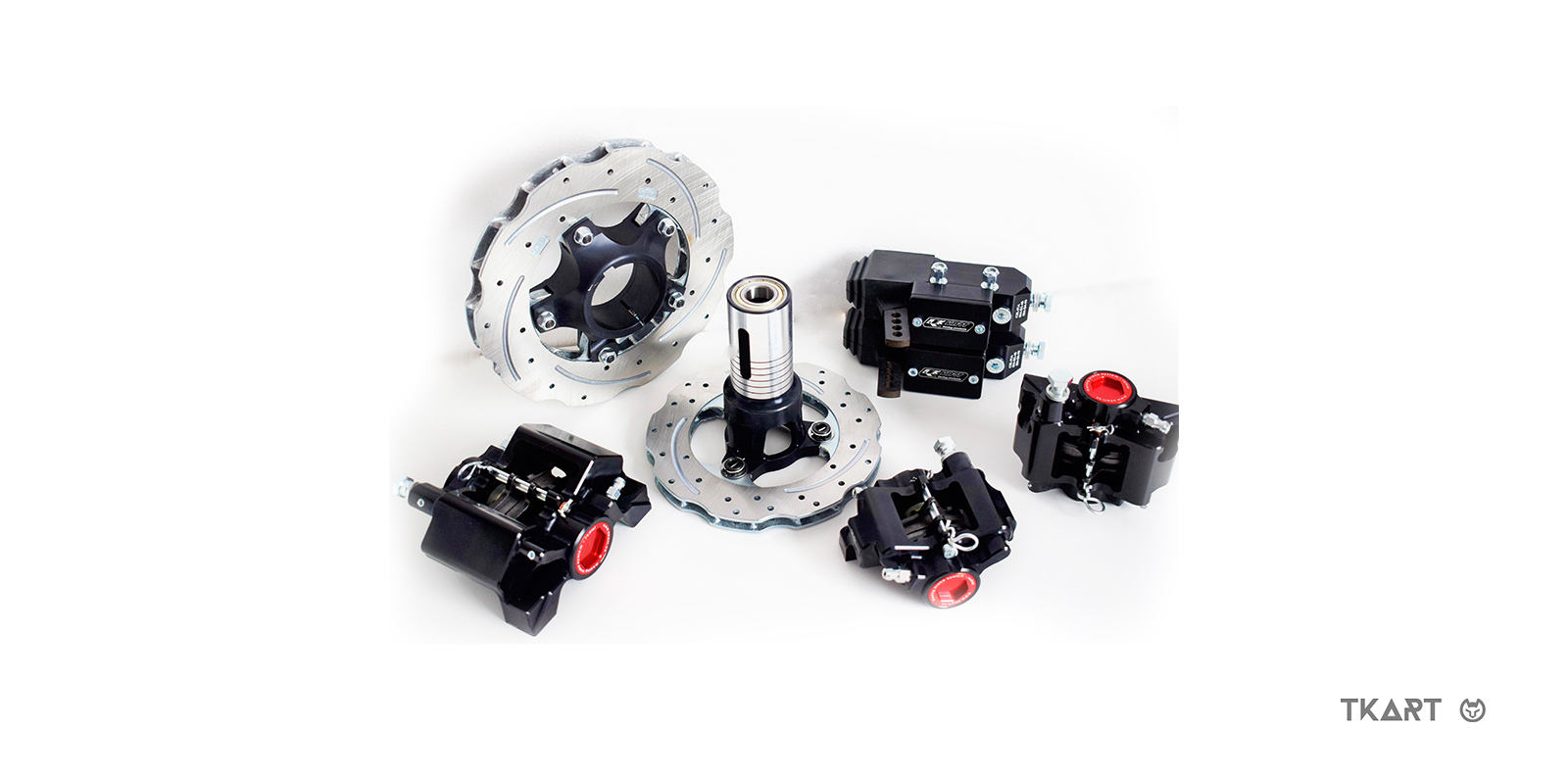Frequent Searches
Frequent Searches

 Exclusive Content
Exclusive Content

K-Kart may not be one of the most known names in the world of karting, but, in reality, it is a company which can boast itself as an organization with excellent and established experience, while over the years it has enabled them to conquer important positions in the marketplace and to be highly considered by karting enthusiasts. Founded in 1992 with headquarters in the city of Lučenec, in the south-central region of Slovakia, the company is the result of the Konopka brothers’ passion and experience. Its field of expertise is that of karting accessories, from sprockets and gear systems for the wheels to bearing carriers, hubs, axles and tire rims (in aluminum and magnesium). They also have, of course, discs and brake systems as well.
In the last homologation session, valid for the 2018 - 2020 periods, K-Kart presented two brake systems models: OKR and KZR respectively dedicated, as perceived by the name, to the single-speed and the shifter karts classes.
K-Kart products are chosen by different manufacturers to equip their karts, above all the Czech MS Kart, but also the Italian companies TB Kart and SRK.
The new 2018 homologation models have been perfected in an important number of different aspects. The first aim was a greater modularity for the system, a key feature for the use on karts where an extremely aggressive system may break down the chassis, especially in the case of less experienced drivers. To obtain this result, a 30 mm diameter double piston was used on the rear caliper, while additional options and calibrations derived from the two rear discs, both self-ventilated while being drilled, with slight differences regarding the superficial machining. The dimensions vary: 15 mm in thickness and 181,5 in diameter for the first model and 17 mm with 192,5 diameter for the second. The system differs also in the internal and external diameters in the area of contact of the brake pads on the disc.
Clearly, for the KZ version, the system is equipped with front calipers. Here, the single piston has a diameter of 25 mm while the disc, self-ventilated and drilled, has a thickness of 12 mm and an external diameter of 157 mm.
Both for the rear and front calipers, the efficiency of the piston was optimized thanks to a new brake oil pipe diameter. The balancing between the rear and front braking is regulated with the classic worm screw which can be activated with a knob style switch.
The caliper now is obtained from one single piece and no longer divided into two halves. This, beyond an aesthetic improvement, offers also a greater mechanical stability and an increased precision in the dimensional tolerances.
The extraction of the caliper’s piston is characteristic as it is implemented directly from the outside, thus allowing to carry out the maintenance without disassembling the caliper unit.
Both systems can fit brake pads of three different hardness’s: S214 (hard), S222 (medium) and S273 (soft).